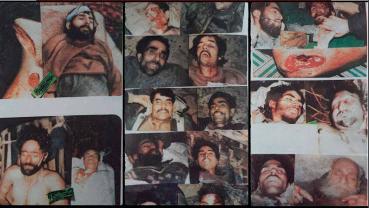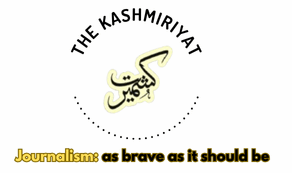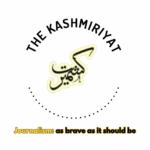
Hijaj Bin Yousuf
The majestic mountains of Kupwara cradle the stories of resistance etched into the books of history, particularly those who witnessed the harrowing massacre of Kupwara in 1994.
The bullet-ridden memories of the massacre still haunt residents as a heavy reminder of the ongoing conflict.
The conflict in Kashmir, nurtured through a series of massacres, has intensified the call for the right to self-determination. These gruesome events have piled up insecurities, deepened scars on the psyche of the people, and fueled the sufferings that continue to sustain the long-standing conflict.
On January 27, 1994, soldiers from the 31 Madras Regiment, the Punjab Regiment, and the Rashtriya Rifles, under the command of GDS Bakshi and VK Singh, opened deliberate and indiscriminate fire.
The attack killed 27 unarmed civilians and left at least 37 people injured.
This mass killing was carried out to punish people, especially traders, for observing a shutdown on Republic Day, January 26.
The army officers had warned local shopkeepers not to observe the shutdown and attend the Indian Republic Day celebration at the local camp.
However, the shopkeepers didn’t turn up to attend the celebration. The very next day, as the shopkeepers began to open their shops, soldiers came in trucks and fired at them.
This tragedy exposed the state’s unchecked power and gross human rights violations. What was supposed to be a peaceful morning turned into an unforgettable bloodbath.
In the wake of a petition filed by Ahsan Untoo, the chairperson of the International Forum for Justice and Human Rights, the Jammu Kashmir State Human Rights Commission (SHRC) had asked the authorities concerned to submit a report about the massacre.
However, the investigation faced multiple hurdles.
The police sought a response from the army, which issued a letter stating that a Court of Inquiry had been constituted to probe the incident. But the outcome of the Court of Inquiry was never furnished to the police.
On April 10, 1997, the case was closed as “untraced” due to the “non-cooperation of army authorities.”
In 2004, the police reopened the case, tasking an additional SP with the inquiry, but despite repeated requests, the army refused to provide the required information.
The 31 Medical Regiment stated that no documents regarding the case were with them and advised the police to approach the 28 Infantry Division.
However, when the police contacted the 28 Infantry Division in May 2005, they received no response, even after repeated reminders.
The army’s refusal to cooperate continued despite the police serving multiple notices. In 2010, a notice was served to JDS Bakshi, the 2nd lieutenant of the 31 Medical Regiment, asking him to appear before the investigation officer, but he failed to comply.
A report filed by the police indicated that the forces deployed under Bakshi’s command had indiscriminately fired on the civilians at the Bus Stand in Kupwara, causing several deaths and injuries.
Despite the efforts of the State Human Rights Commission and the intervention of the Ministry of Home Affairs, no progress was made.
The case remains unresolved, and justice continues to be denied.
The aftermath of the massacre left families shattered, and once again, unfulfilled justice prevailed.
The tragedy unfolded the anguish against the Indian administration in Kashmir, and the case for the right to self-determination intensified.
The massacre didn’t just claim lives; it left families in trauma and despair.
The police authorities had sought a response from the army, but the outcome of the court of inquiry was never furnished to the police. In April 1997, the case was closed as “untraced” on the basis of “non-cooperation of army authorities.”
The massacre is not just a horror story; it also digs deep into the state’s failure to understand the conflict in Kashmir.
(Hijaj bin Yousuf is a student who hails from Kupwara)




